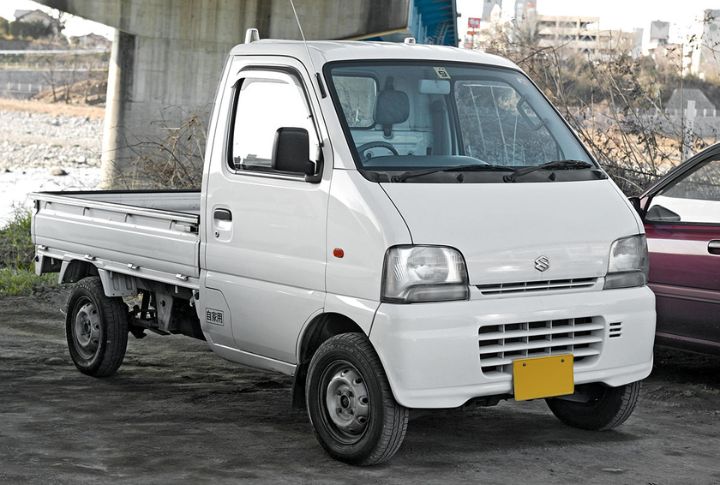
The Japanese Kei truck was built for small jobs and tight streets, not controversy. Still, this compact truck has been blocked in 19 states across the U.S. While fans praise its practicality, lawmakers question its place on public roads. The facts behind this ban—and the truck’s quiet popularity—tell a story worth knowing.
Too Small For U.S. Roads
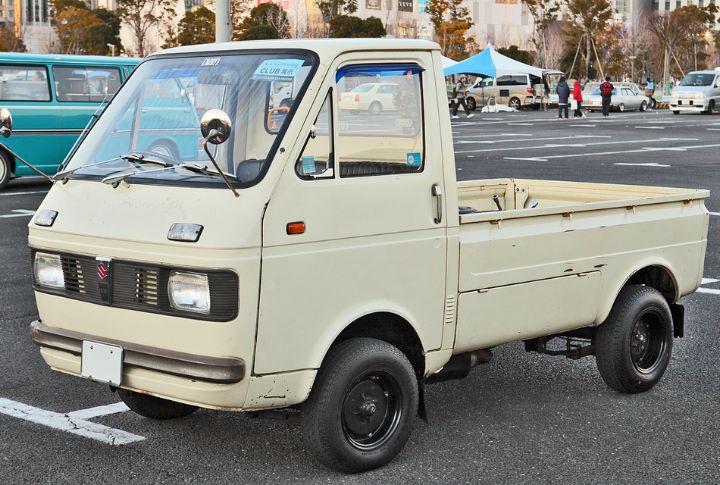
No Basic Safety Features
Kei trucks fall below American size regulations for width and length. Their dimensions disqualify them from federal safety categories. Because they fail to meet crash standards, 19 states have banned their use on public roads, limiting them to private property or controlled environments.
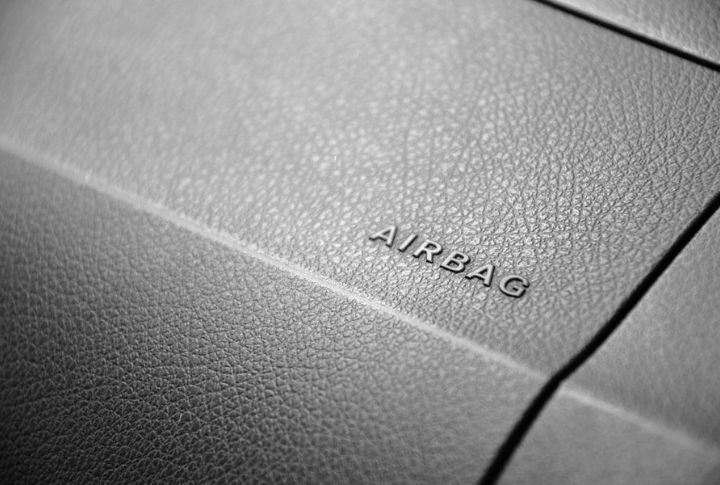
These imports come without airbags, anti-lock brakes, or reinforced cabin structures. Safety systems considered essential in domestic models are missing. As a result, they cannot pass federal passenger vehicle compliance and are generally restricted from highway and city street operations.
Capped Speed At 55-70 MPH
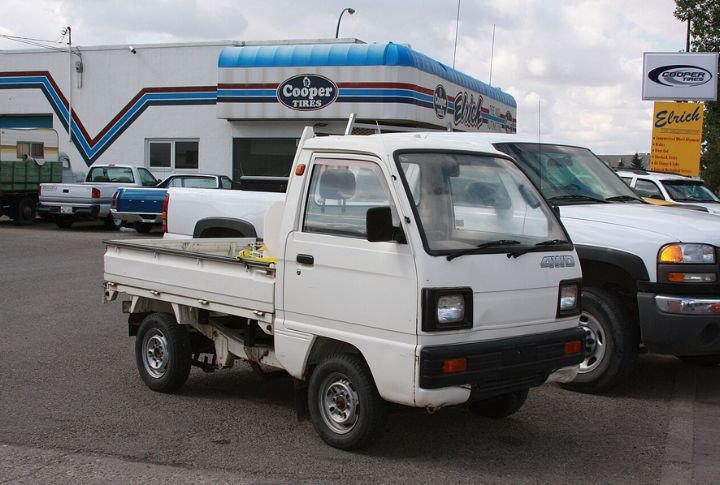
Most Kei trucks are equipped with factory speed limiters to prevent unsafe highway driving. Their small 660cc engines struggle to maintain interstate speeds, making them unsuitable for extended high-speed travel. This limits their functionality in areas with strict traffic flow requirements.
Farmers Love It
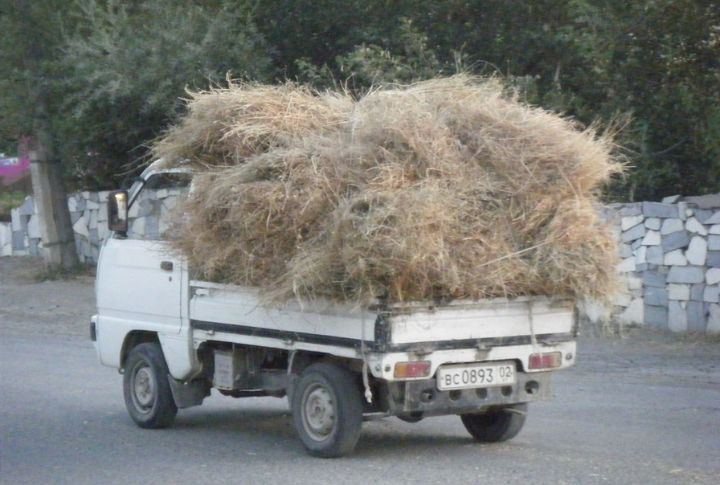
Rural owners value the truck’s compact frame and agility in fields. Its ability to access narrow trails and carry feed or gear makes it a practical farm utility. Many prefer it for off-road tasks where maneuverability outweighs the need for full-size capacity.
Imported As Used Vehicles
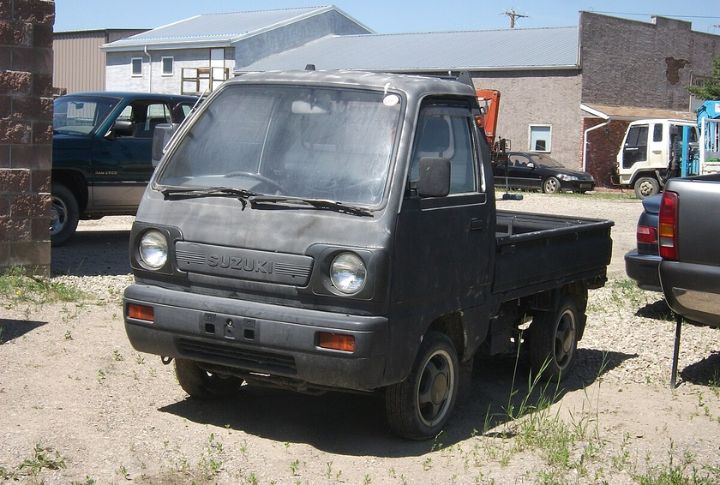
Kei trucks typically enter the U.S. under the 25+ year exemption rule. Most units come from Japanese auctions and qualify as classic vehicles. This import loophole allows legal entry without modern safety certifications, appealing to collectors and those seeking inexpensive, functional alternatives.
Lightweight Build
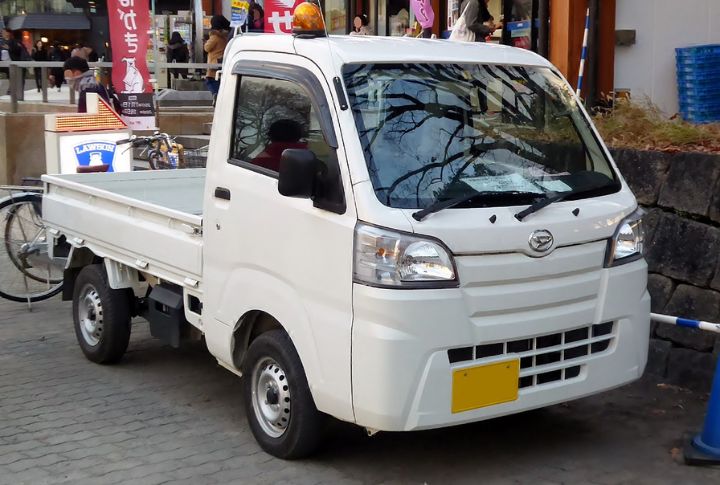
Weighing roughly 1,500 pounds, these trucks are easy to tow and move. Compared to full-size pickups, they pose less strain on transport equipment. However, their light mass means less crash protection and greater risk when operating around larger vehicles or at higher speeds.
Fuel-Efficient Hauler
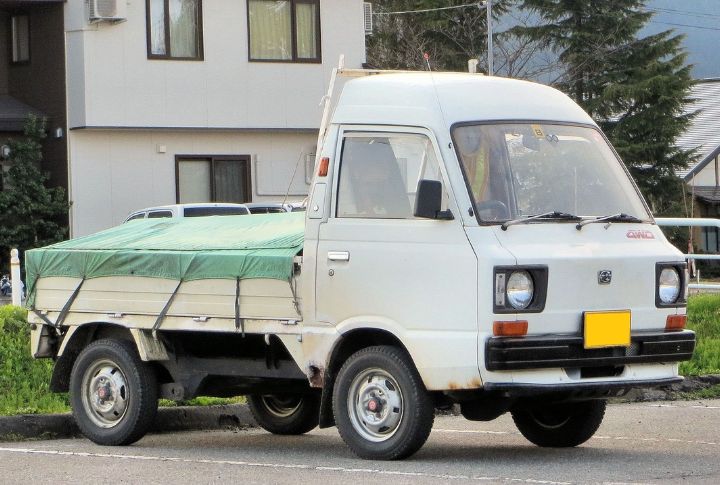
High gas mileage—often exceeding 40 miles per gallon keeps operating costs low. Users with short commutes or frequent hauling needs benefit from reduced fuel expenses. These savings add up over time, especially in areas where gas prices strain small businesses or agricultural budgets.
Surprisingly Strong Payload
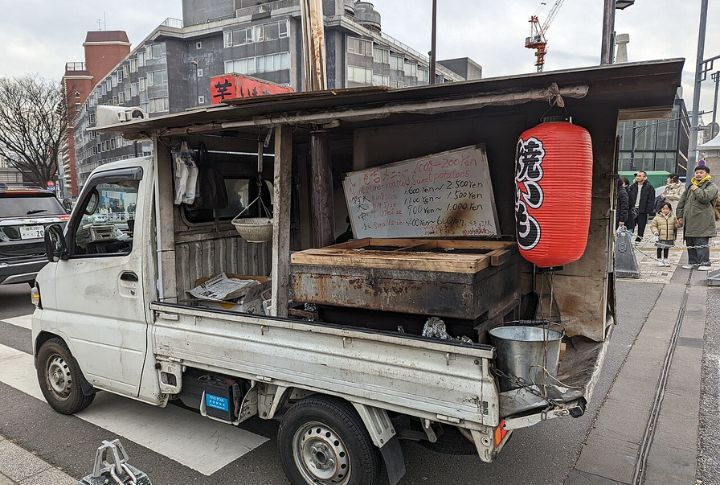
Despite small frames, many models can handle loads up to 800 pounds. Flatbed and dump-bed options boost versatility for hauling dirt, equipment, or supplies. This capacity rivals some light-duty pickups, making them useful for work in gardens, campuses, or maintenance yards.
Dirt Cheap Compared To U.S. Trucks
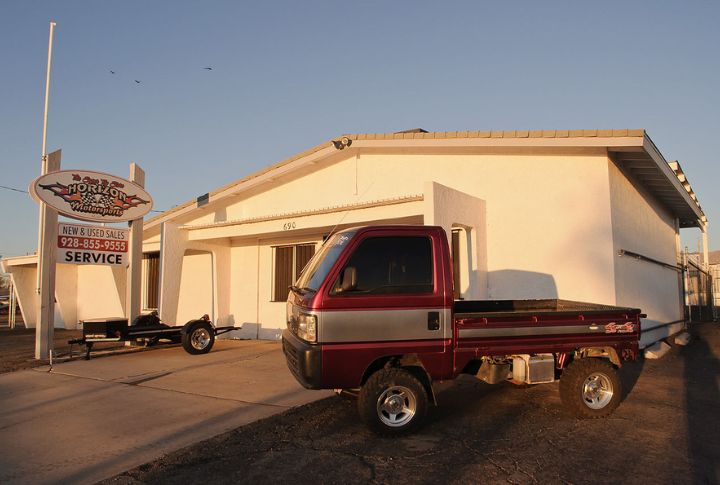
Buyers often pay less than $10,000 for a used Kei truck, even after modifications. Prices stay well below new domestic models. That price gap makes them attractive to budget buyers seeking a reliable solution without dealership markups.
Cab-Over Design Maximizes Cargo Space
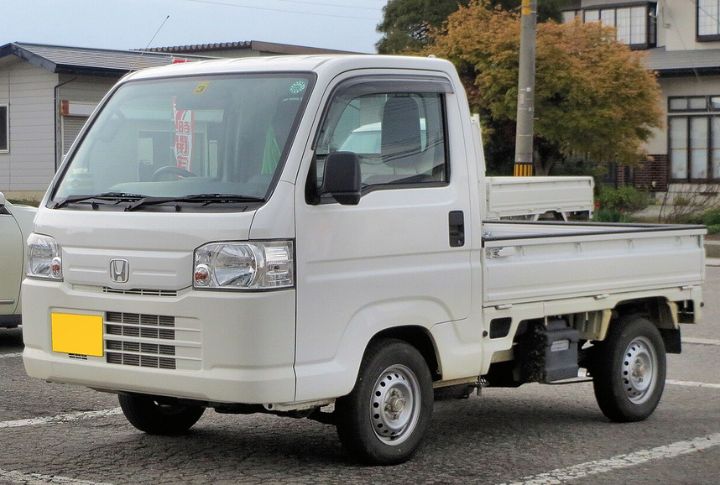
Kei trucks place the driver above the engine, removing the need for a long front hood. This layout creates more room in the cargo bed without increasing the truck’s overall size. The result is a compact and highly practical vehicle.
